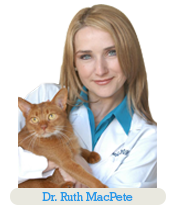tooth resorption cats prognosis
It can also happen in dogs but not as often. Crown involvement is generally not noted until late in the resorption process.
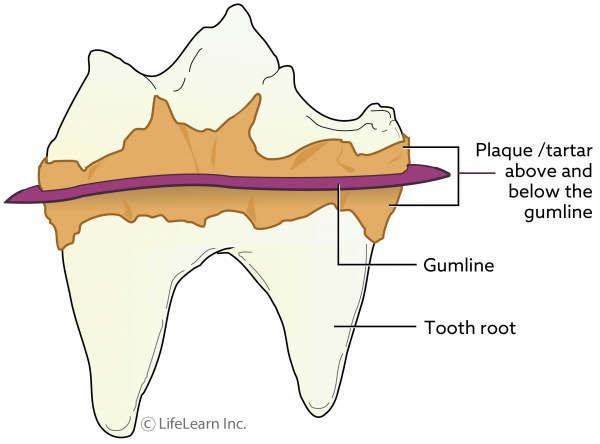
Dental Disease In Cats Vca Animal Hospital
The latter can add between 300 and 400.
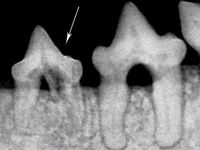
. In that case the cat could be off its food for a. Tooth resorption in cats is a unique kind of cavity thats most common in felines. Type 2 Photos 2 and 3 tooth resorption is generally thought to start at the apical half of the root.
Tooth resorption is a dental condition frequently seen in cats that is characterized by the erosion of the dentin the hard tissue beneath a tooths enamel of one or more teeth. Loss of appetite might occur if the crown were to break off from a single tooth. Tooth resorption formally known as FORLs Feline Oral Resorptive Lesions is the most common dental problem in cats especially those aged four and older with studies.
Cats with clinically missing teeth have also been. 12 Risk factors include increasing age and the presence of. Females and cats over five years of age are more prone to tooth resorption.
Incidence reports list a range from 30 to 60 for cats affected by this oral condition. Feline TR is a very common problem. Other names for this include feline odontoclastic resorptive.
Symptoms of tooth resorption in cats can range from. Drooling Having difficulty chewing Dropping food while chewing Chattering the jaw while eating Running away from. Examination of the conscious cat often reveals tooth resorption as an area of missing tooth.
This painful condition is believed to affect more than 65 of cats during their. If tooth resorption in your cat requires extraction you can expect to spend 300 to 500 per tooth in addition to x-rays and anesthesia. Such injuries may occur from.
Tooth resorption is common in the domestic cat and the incidence has been reported to increase with increasing age. All types of teeth in the feline dentition may be affected but lesions seem to be more common. The most common dental disease in domestic cats is a destructive process called tooth resorption.
External resorption is often caused by injuries to the mouth and teeth that cause swelling and loss of bone and tissue on and around a tooth. This problem is the most common oral disease found in cats affecting up to 60 percent of domestic felines. Regarding the clinical signs of tooth resorption she says.
Tooth resorption in cats is prevalent affecting 28 to 68 of mature cats. Symptoms of tooth resorption in cats can range from. By Nasa Pet Hospital November 4 2020 Cat Health Pet Dental Health.
Feline tooth resorption is a fairly common dental disease affecting up to 60 percent of all adult cats.
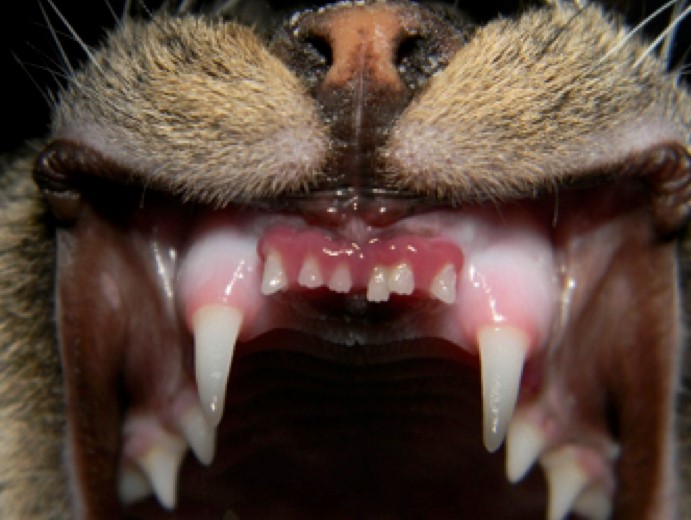
Feline Juvenile Onset Gingivitis Montana Pet Dental Board Certified Vet

External Tooth Resorption In Cats Part 2 Therapeutic Approaches Today S Veterinary Practice
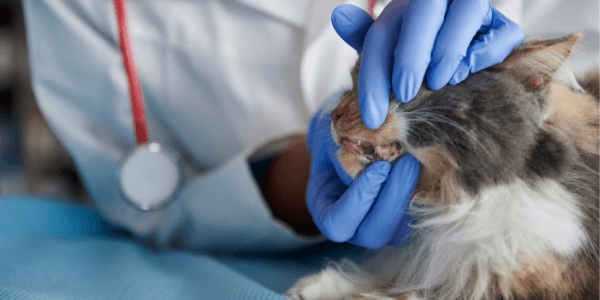
Dental Disease And Tooth Resorption In Cats

Tooth Resorption Cornell University College Of Veterinary Medicine

Feline Tooth Resorption Today S Veterinary Practice
Tooth Resorption In Dogs And Cats Vetbloom Blog

Treating Traumatic Injuries Of Canine Teeth In Cats Oxford 2020 In Practice Wiley Online Library
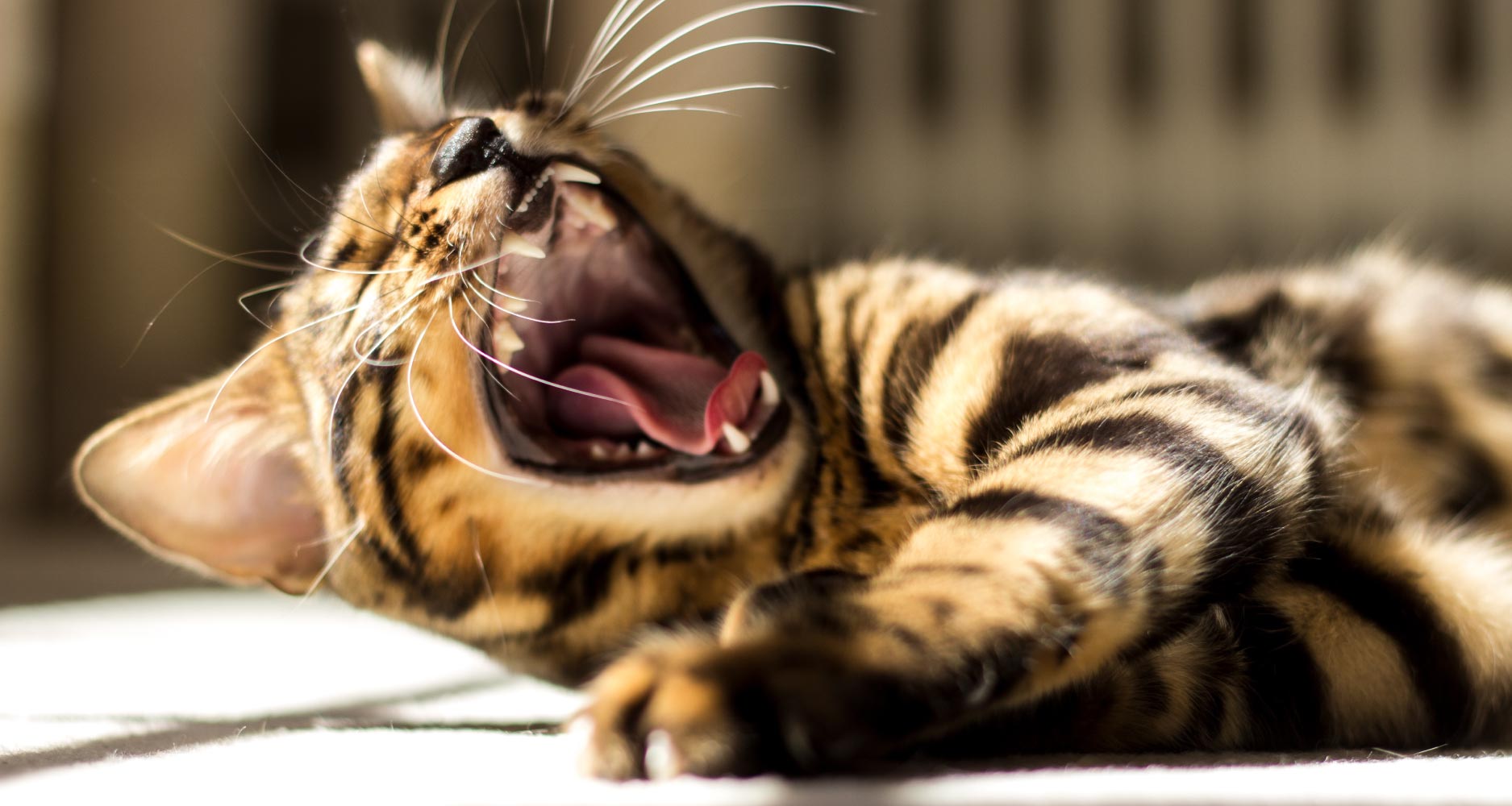
Feline Tooth Resorption What You Need To Know Petlifesa
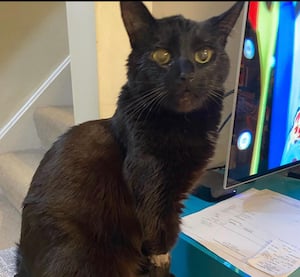
Dental Disease And Tooth Resorption In Cats

Stomatitis In Cats What It Is And How It S Treated
Tooth Resorption In Dogs And Cats Vetbloom Blog
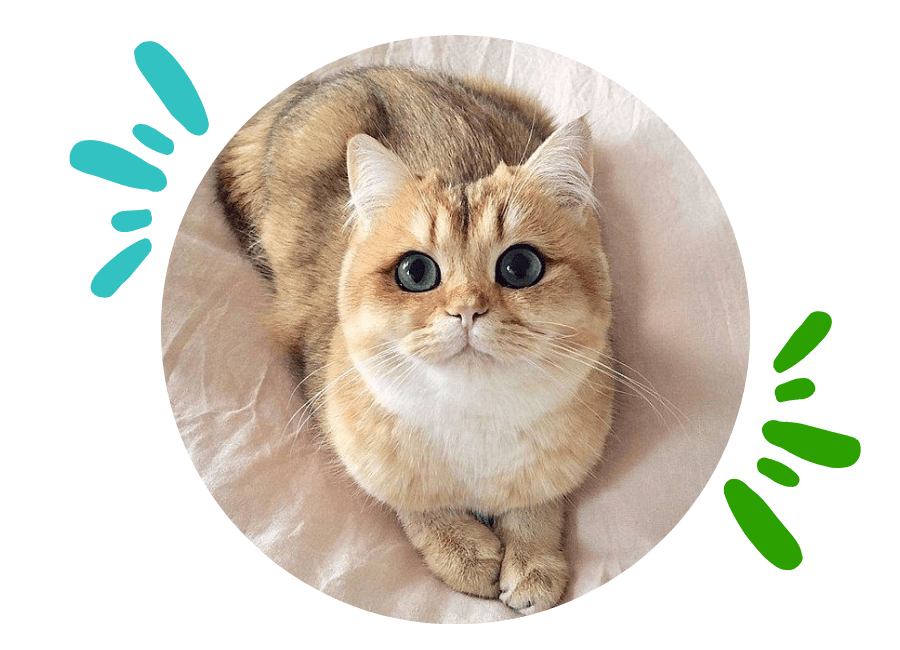
Cat Information Crystal River Animal Hospital
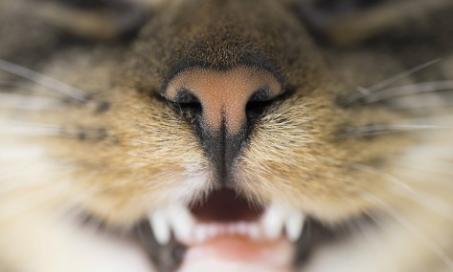
What Is Tooth Resorption In Cats Petmd
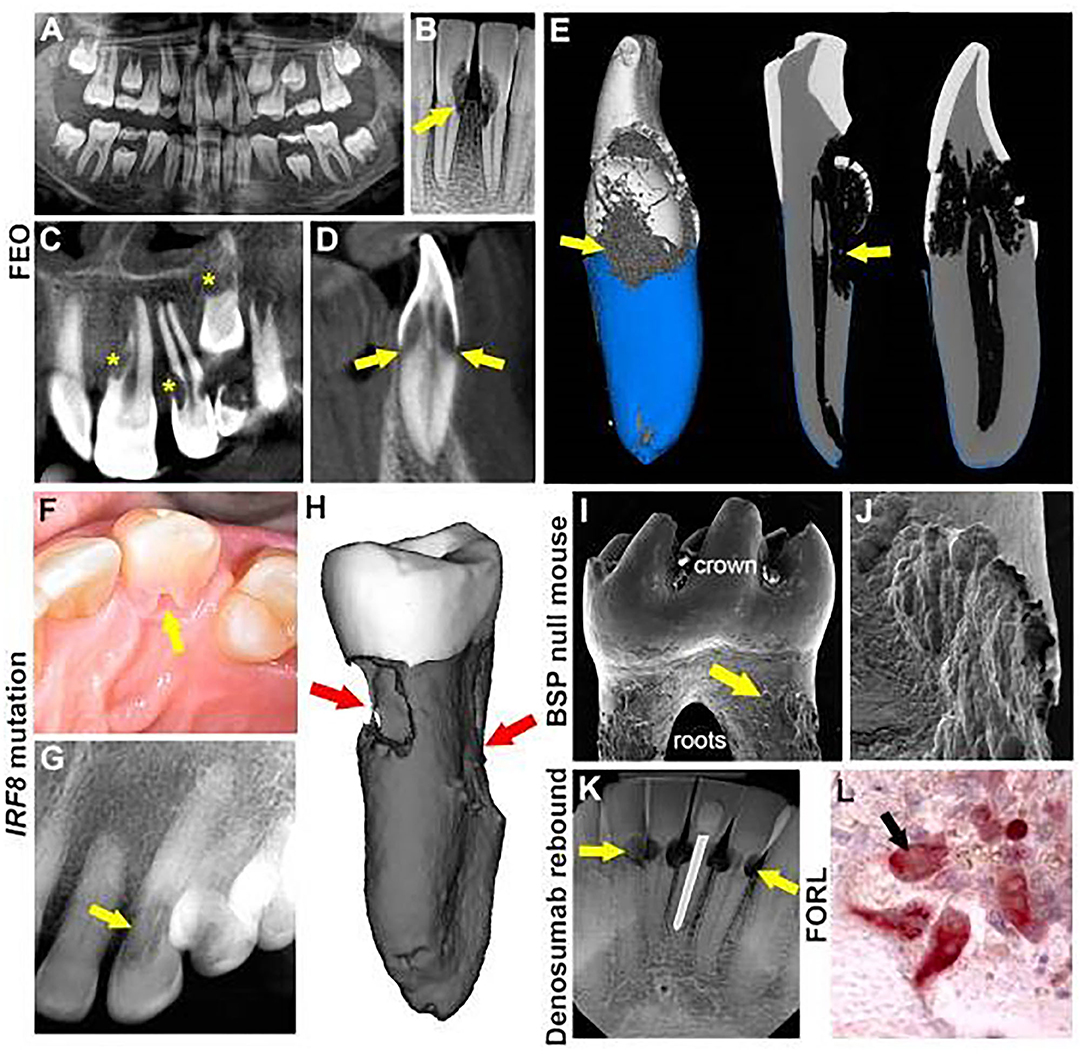
Frontiers Multiple Idiopathic Cervical Root Resorption A Challenge For A Transdisciplinary Medical Dental Team
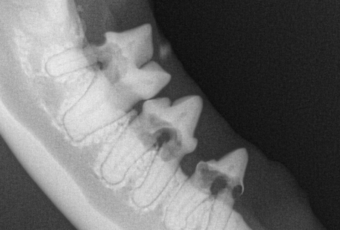
Tooth Resorption In Cats The Animal Medical Center Tooth Resportion In Cats

Radiographic Evaluation Of The Types Of Tooth Resorption In Dogs In American Journal Of Veterinary Research Volume 71 Issue 7 Journals
.jpg)
Cats With Feline Leukemia Virus Respond Worse To Dental Extractions Veterinary 33
